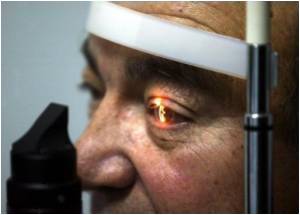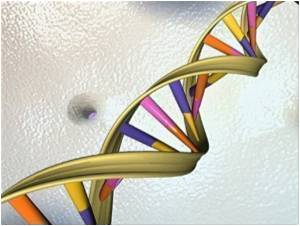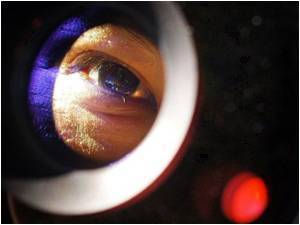Scientists at the University of Arkansas at Little Rock, are testing a next generation smart cane, which provides detail and dimension to enable the sightless to navigate

Electronic white canes used by the blind have been around for several years. But Dr. Cang Ye's research hopes to vastly improved the "vision" with smart canes can provide the sightless.
"The science of the project is to devise computer vision methods that may enable the Portable Blind Navigational Devices (PBNDs)," Ye said.
"We use a Flash LADAR 3D imaging sensor for perception. The imaging sensor produces both intensity image and range image of its environment. Each pixel in the range image contains distance information of the corresponding pixel in the intensity image," he said.
His team has developed computer vision methods include an ego-motion estimation algorithm called VR-Odometry (VRO) and a 3D data segmentation method. They will be refined, validated through this project and their real-time implementation in the PBNDs will be achieved at the end of the project.
"The VRO estimates the sensor's motion by simultaneously processing the intensity and range images. It will extract features in each two consecutive intensity images, match features of the two images, obtain the distance information of the matched features, and compute the change of the sensor's position and orientation. This method can provide 'where am I?' information to the blind," Ye said.
Advertisement
Source-ANI









